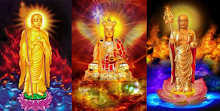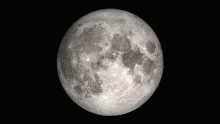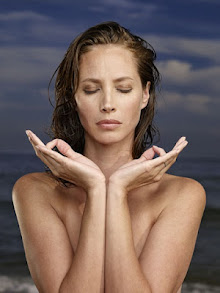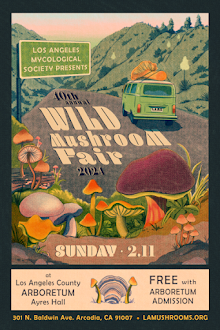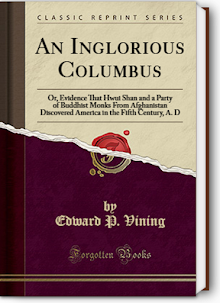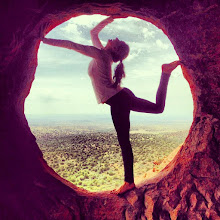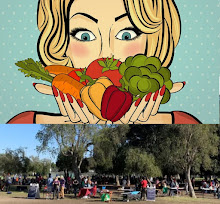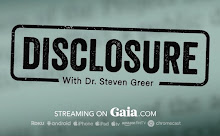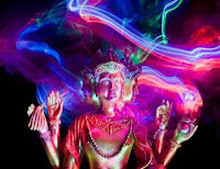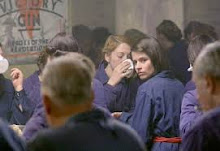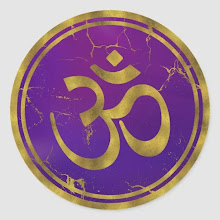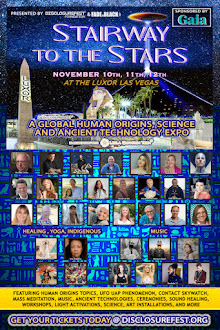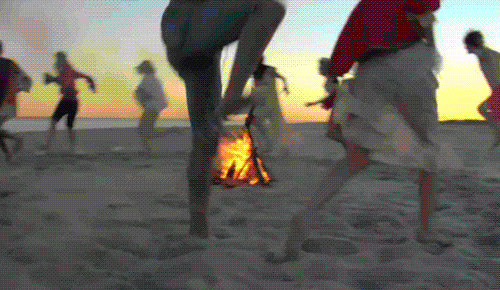
 (WQ) Since altered states are a natural human ability, people desire them from a young age. Children spin themselves spontaneously for example. Teenagers experiment with illicit substances. Adults seek more stable and sustainable means of altering consciousness. Historically, one of the most common means sought out everywhere in the world is rhythmic movement (dance), repetitive pulses (drums/music), endurance exercises (ordeals, endorphin-releasing, second wind), or a combination of these. Church services and social functions have long tried to co-opt and sublimate these natural impulses, fearing the alternatives and their predictable excesses. Raves and extended art/music festivals (Woodstock, Bonnaroo, Burning Man, etc.) are, unfortunately, often combined with the consumption of deleterious intoxicants rather than potentially helpful entheogens and legitimate sacraments.
(WQ) Since altered states are a natural human ability, people desire them from a young age. Children spin themselves spontaneously for example. Teenagers experiment with illicit substances. Adults seek more stable and sustainable means of altering consciousness. Historically, one of the most common means sought out everywhere in the world is rhythmic movement (dance), repetitive pulses (drums/music), endurance exercises (ordeals, endorphin-releasing, second wind), or a combination of these. Church services and social functions have long tried to co-opt and sublimate these natural impulses, fearing the alternatives and their predictable excesses. Raves and extended art/music festivals (Woodstock, Bonnaroo, Burning Man, etc.) are, unfortunately, often combined with the consumption of deleterious intoxicants rather than potentially helpful entheogens and legitimate sacraments."Dance Trance" (rhythmic movement and drums) as meditation? Video clip for the Psysurfeur track "Sacred Tree Portal."
"Body Scan" guided Buddhist meditation can be used initially as a deep relaxation exercise. Practiced methodically with equal tranquility and awareness, as a form of mindfulness meditation, this practice can give rise to insight (Vipassana). The scan brings awareness to bodily sensations. For the most part this quiet exercise is relaxing. If it becomes overwhelming or distressing, merely redirect attention to something outside the body until calm is restored. Also available as an MP3 file (buddhanet.net/audio).
"Body Scan" seated guided Buddhist meditation technique led by Malcolm Huxter





















